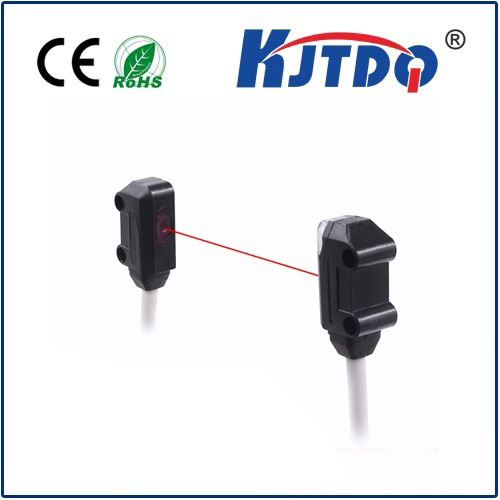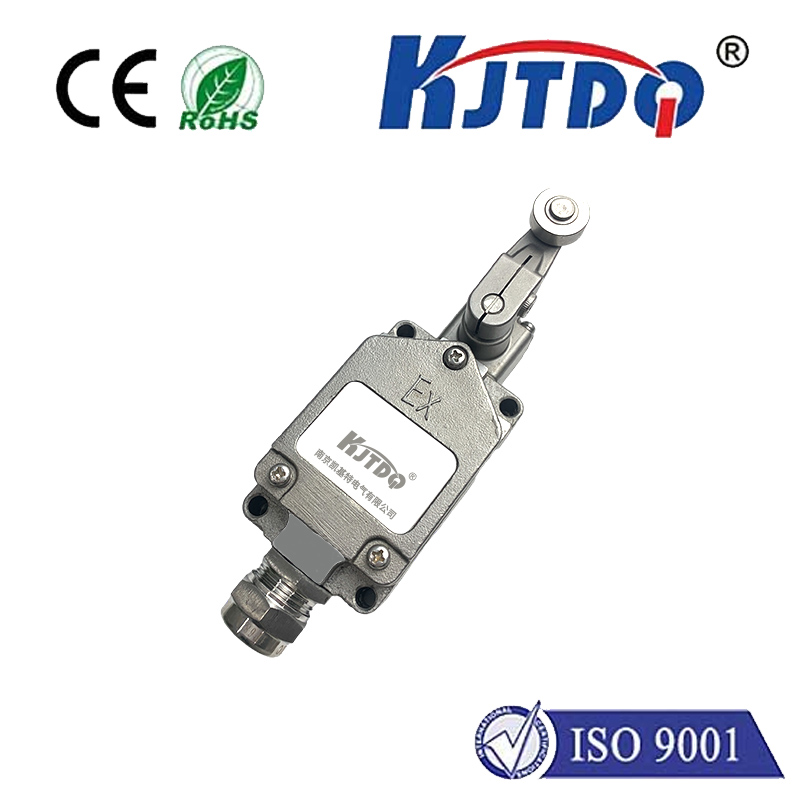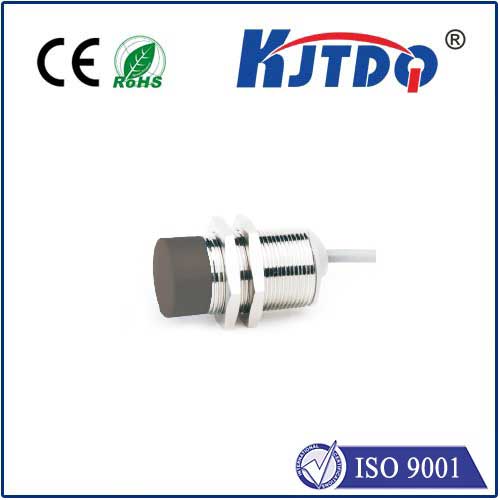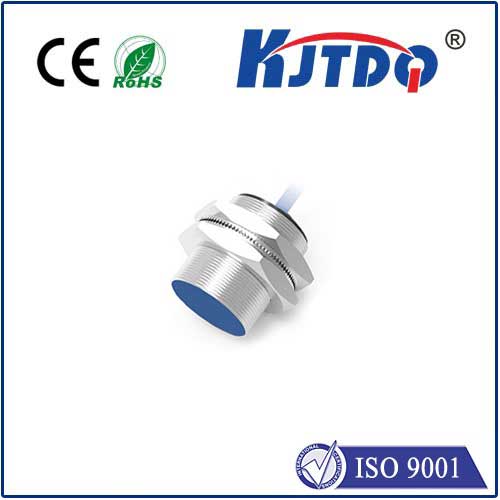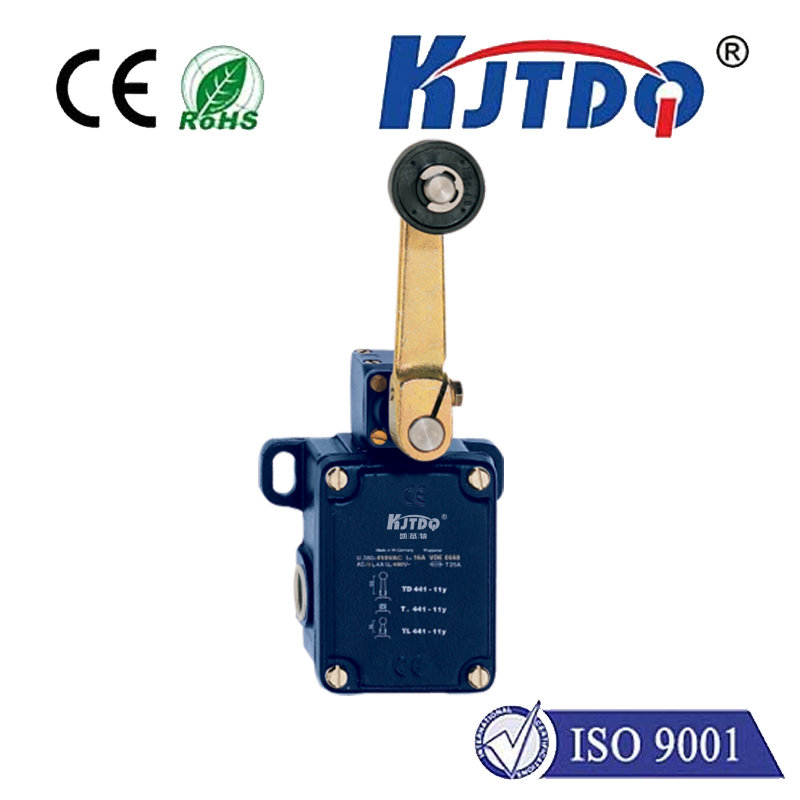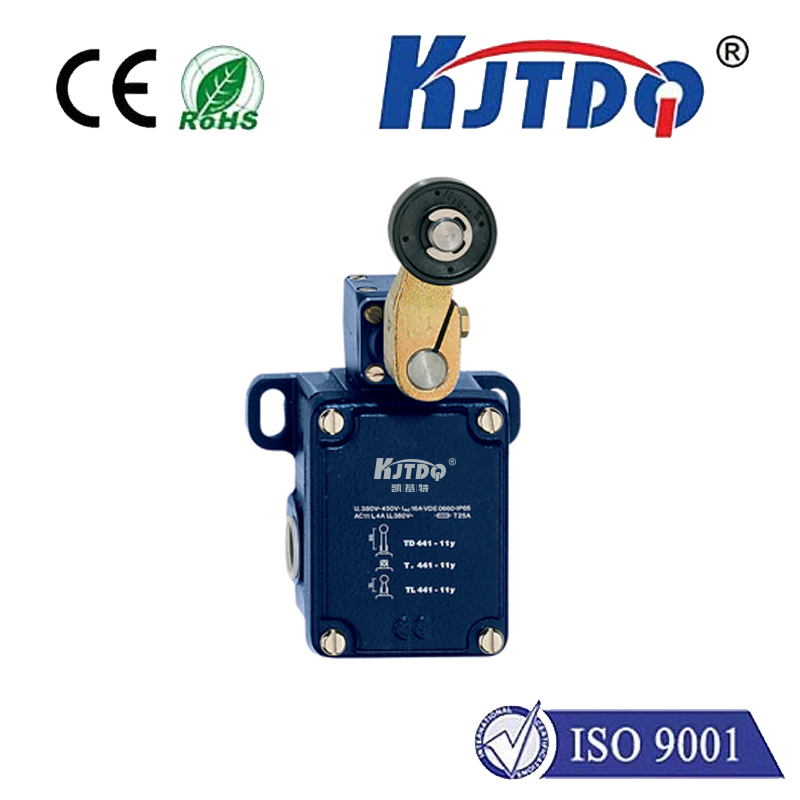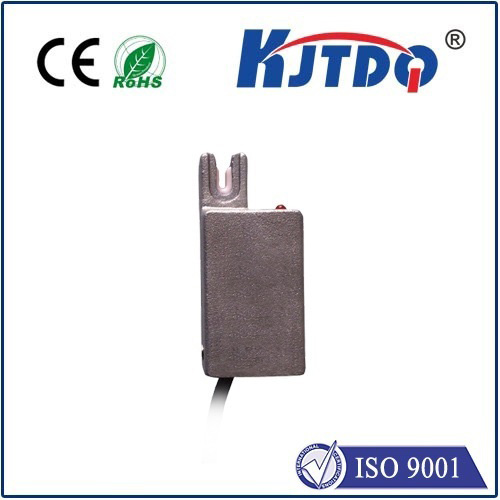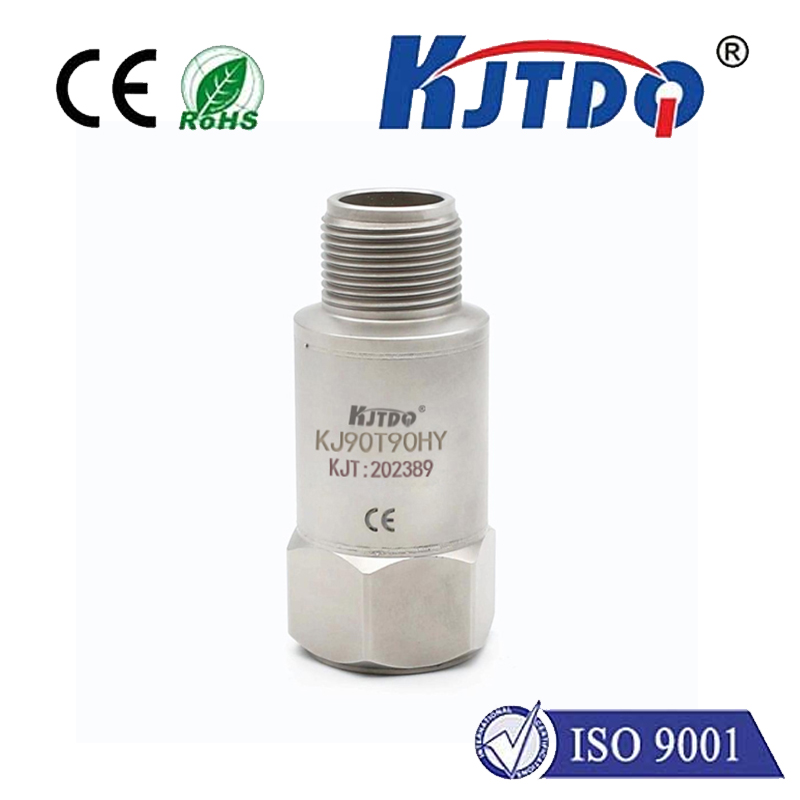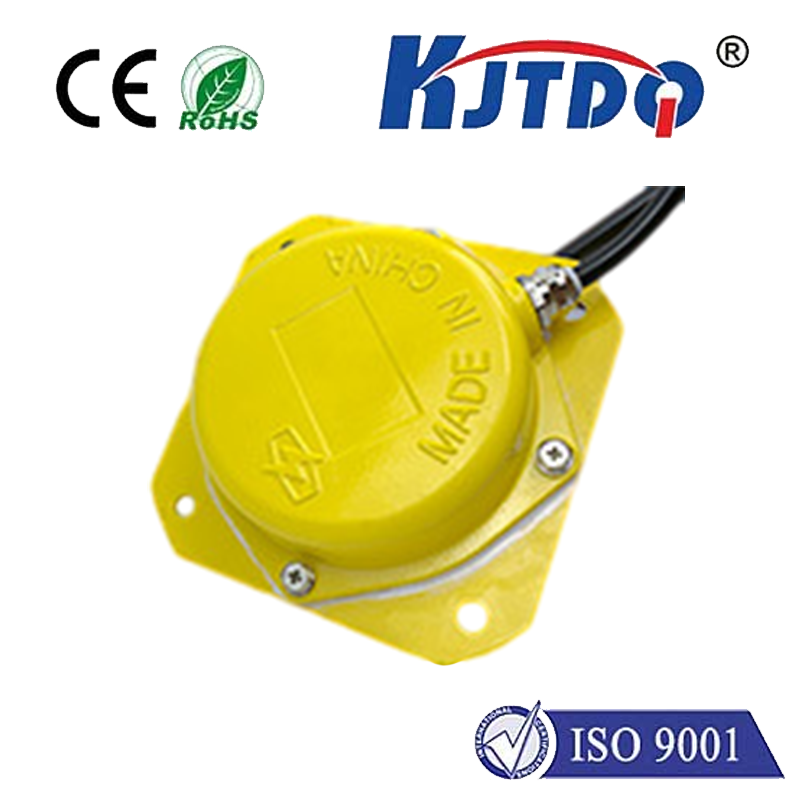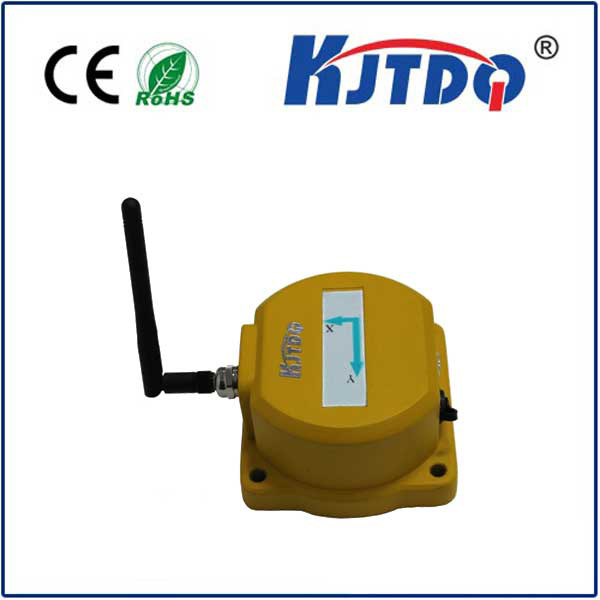
check

check

check

check
Introduction:
In modern technology, photoelectric sensors have become an integral part of various industries. These sensors utilize the principle of light to detect and measure objects' presence or absence. The range of these sensors is a critical aspect that determines their effectiveness and efficiency. In this article, we will discuss the photoelectric sensor range in detail, including its definition, types, applications, and factors affecting it.
What is Photoelectric Sensor Range?
The photoelectric sensor range refers to the maximum distance at which the sensor can effectively detect an object. This range varies depending on the type of sensor, its design, and the characteristics of the target object. It is essential to understand the range of a photoelectric sensor to ensure accurate detection and avoid false positives or negatives.

Types of Photoelectric Sensor Ranges:
There are two main types of photoelectric sensor ranges: through-beam and retro-reflective. Through-beam sensors consist of a transmitter and receiver separated by a specific distance. When an object passes between them, it blocks the beam, triggering the sensor. Retro-reflective sensors have both the transmitter and receiver in the same housing. They work by bouncing the light off a retro-reflective surface back to the receiver. The range for each type varies based on their configuration and the target object's size and reflectivity.
Applications of Photoelectric Sensor Ranges:
Photoelectric sensors with different ranges are used in various industries for diverse applications. Some common examples include industrial automation, robotics, packaging, quality control, and safety systems. For instance, in a conveyor belt system, a photoelectric sensor with an appropriate range can detect objects moving along the belt and trigger actions like sorting, counting, or stopping the belt if an object is missing. Similarly, in safety systems, photoelectric sensors with a wide range can detect potential hazards and activate emergency responses.
Factors Affecting Photoelectric Sensor Range:
Several factors can affect the photoelectric sensor range, including the target object's size, shape, color, and material; environmental conditions like lighting, temperature, and humidity; and the sensor's design parameters such as power supply, output signal, and response time. To optimize the range, it is crucial to consider these factors during installation and maintenance of photoelectric sensors.
Conclusion:
In conclusion, understanding the photoelectric sensor range is essential for effective utilization of these devices in various applications. By considering factors affecting the range and selecting the appropriate type of sensor for your needs, you can ensure accurate detection and enhance productivity in your operations.
